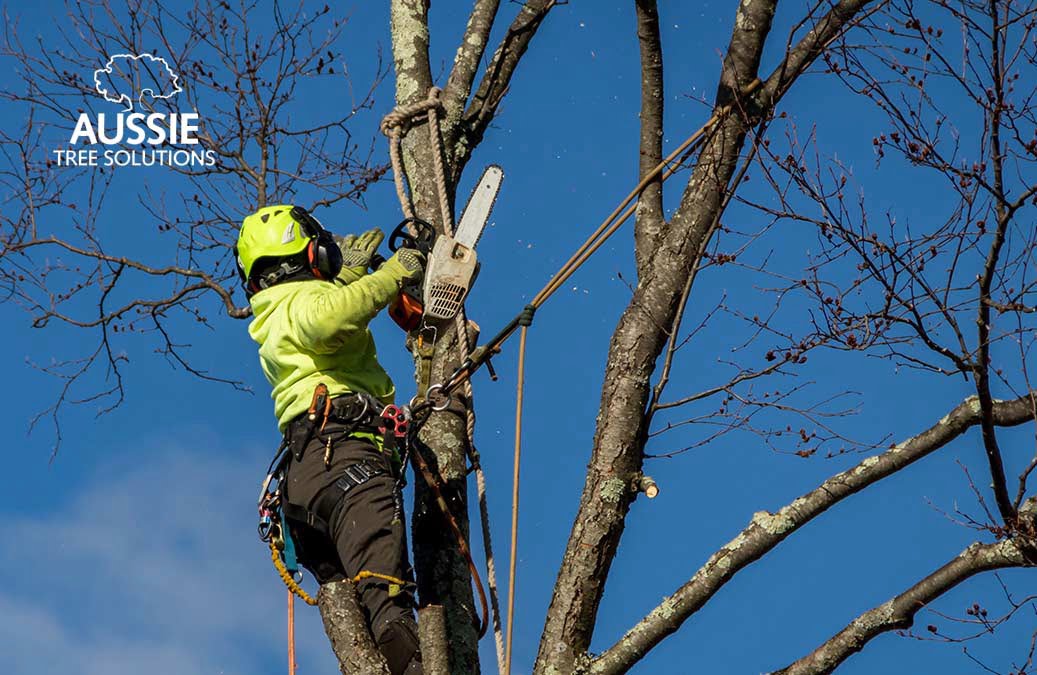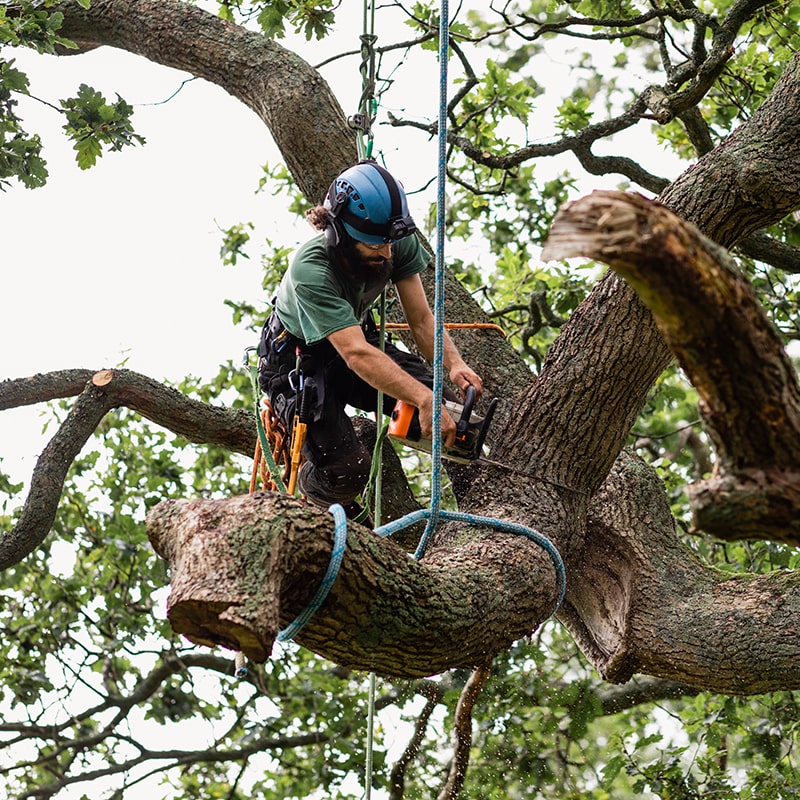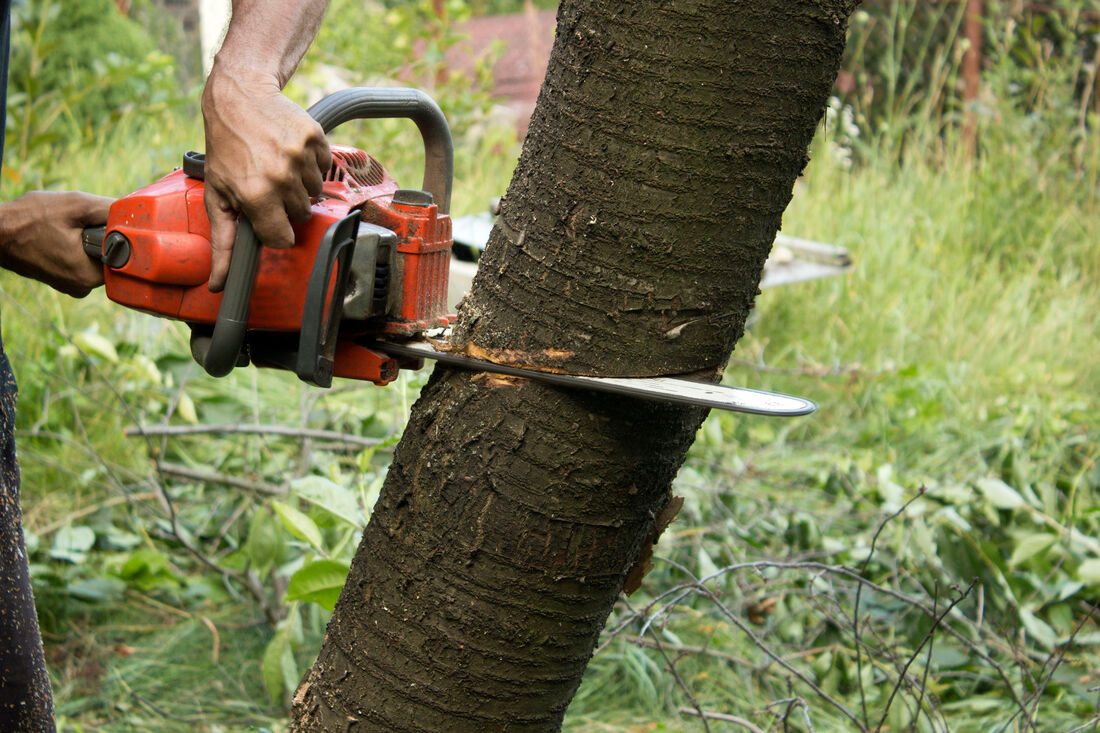All Categories
Featured
The elimination of trees can produce open areas that are prone to weed intrusion. When trees exist, their dense covers commonly shade the ground, restricting the quantity of sunshine that gets to the soil. After the elimination of trees, these open areas obtain enhanced sunlight, supplying optimal problems for weed development.

They may suggest the usage of mulch, which acts as a safety barrier on the soil surface area, protecting against weed seeds from germinating and subduing weed growth.

The presence of trees promotes an abundant and varied community of dirt microorganisms. Tree roots offer a source of raw material, exudates, and nutrients that support the growth and task of beneficial soil microorganisms. However, when trees are removed, the lack of their origins can interrupt the fragile balance of the soil's microbial ecosystem.
What Do I Need To Know To Hire A Tree Removal Wollongong?
This modification in pH can influence vitamins and mineral accessibility, microbial task, and general soil health. To deal with the impacts of tree reducing on dirt pH, tree removal experts can provide valuable suggestions. They may recommend dirt testing to analyze the existing pH levels and establish the necessary modifications. Based on the outcomes, specialists can recommend pH adjustment approaches, such as adding lime to increase dirt pH or including elemental sulfur to lower it.

It describes the compression of dirt bits, causing minimized pore room and raised soil density. This compaction can negatively affect the soil's ability to work optimally, affecting its water-holding capability, vitamins and mineral availability, and origin infiltration. Correct techniques employed by tree removal experts can assist lessen compaction and preserve the dirt's ability to retain water, and enable sufficient air flow and careful tools handling.
Latest Posts
What Is The Best Tree Removal Wollongong Area Company?
Who Is The Best Palm Tree Removal Wollongong Service?
How Much Does Wollongong Council Tree Removal Service Cost?